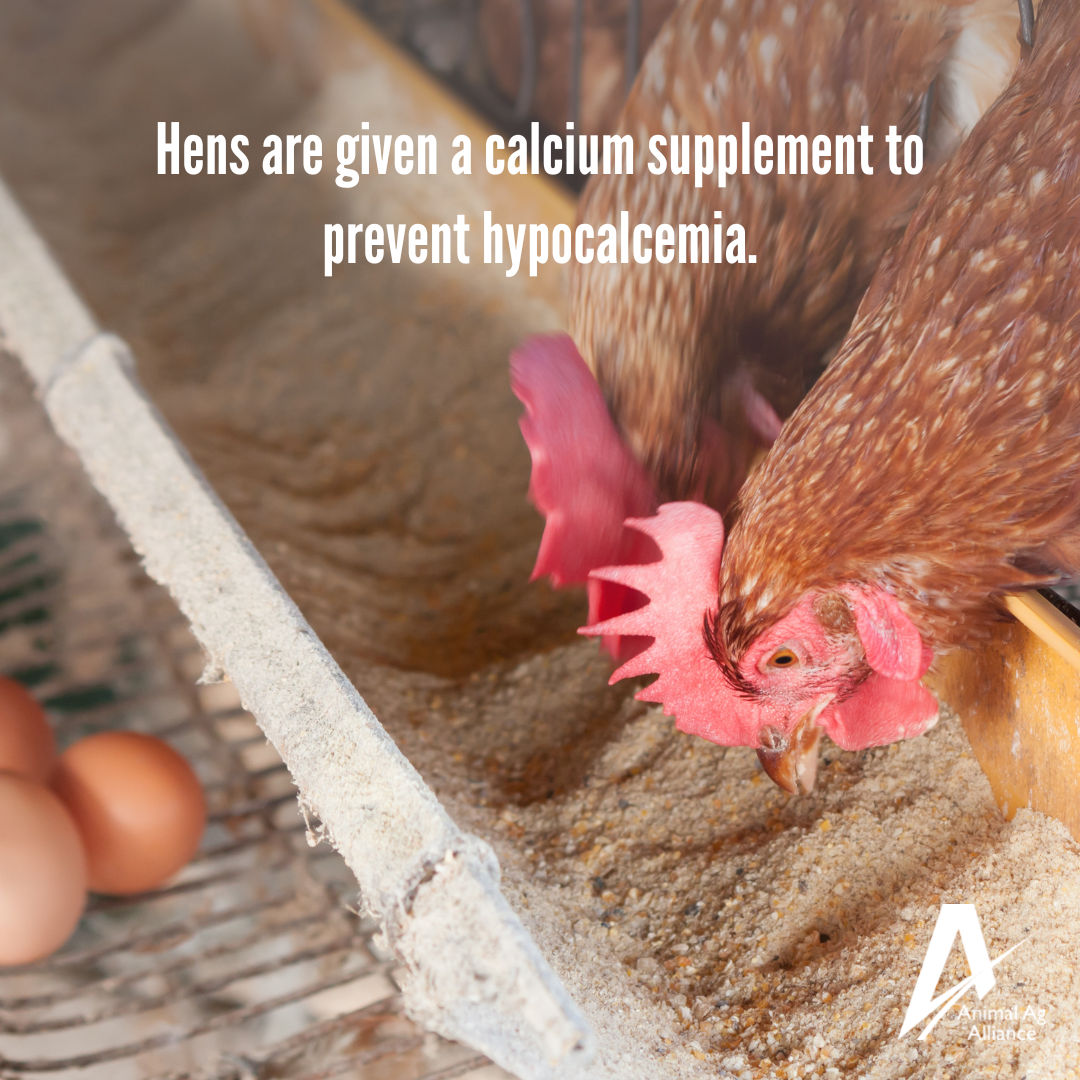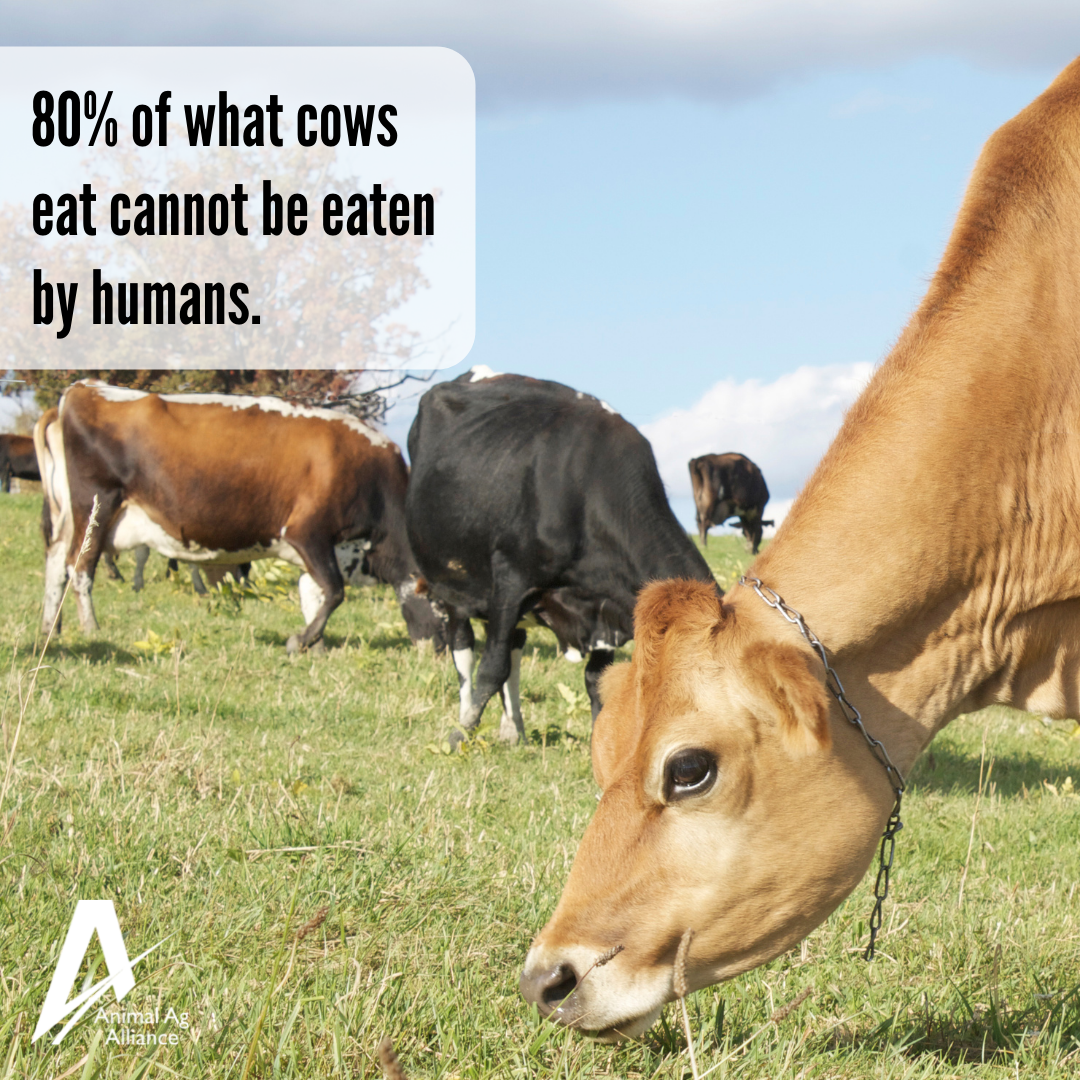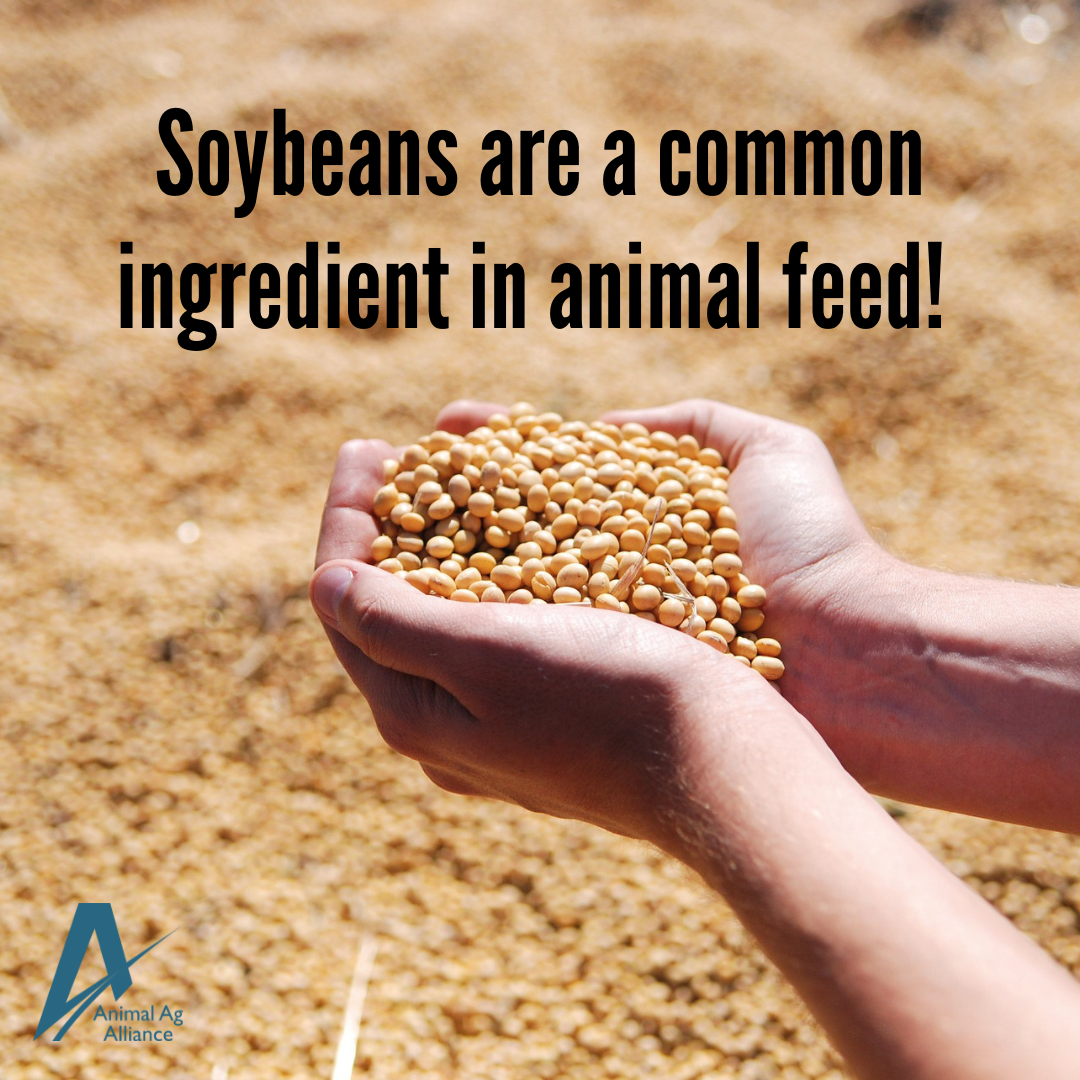Thank you for getting social about animal agriculture! Share any of the following graphics to your social media pages!

Sunflower meal, a byproduct of the oil extraction process, can be used in feed for dairy and beef cattle, sheep, pigs, and poultry! bit.ly/3K0H8Oe

Did you know carrots that are rejected for human consumption can be fed to cows instead of ending up as waste? https://bit.ly/3OgBqcz

Did you know that rice bran can be used in animal feed? Rice bran contributes protein, fiber, and an energy source! https://bit.ly/3Dh1zmf

Are you a fan of beer? Fun fact: the grains left over from brewing are often recycled and used in cattle feed! https://bit.ly/3XWFlj1

Citrus peels and seeds, which are recycled into citrus pulp, are often used as an energy source in animal feed. bit.ly/43pjiT3

Whole cottonseed is a popular byproduct fed to dairy cattle! bit.ly/3rmXiLh

You know the left-over scraps from peeling potatoes? The animal agriculture community can use those as a feed source to reduce waste! bit.ly/3rsYCfH

Safe feed storage prevents contamination, protects against moisture, and maintains high feed quality. Farmers implement practical ways to keep animal feed safely stored until it is needed! https://bit.ly/3kkeuxz

Water is crucial for body temperature regulation, growth, digestion and many other body functions. Farmers always provide fresh, clean water to their animals 24 hours a day to ensure optimum health! https://bit.ly/3kj4dS9

Did you know cattle are able to upcycle byproducts from other industries and turn them into a nutrient-dense protein source? In fact, more than 40% of all animal feeds are recycled products! https://bit.ly/3wMWYE5

Water quality is crucial to animal health, which is why water sources are routinely cleaned and evaluated for nitrates, algae, bacteria, odor, and discoloration. https://bit.ly/3wfunbn

In 1980, 86% of all U.S. domestic-use corn was fed to livestock. In 2015, roughly half of that amount was fed to animal agriculture. https://bit.ly/3kospme

Conservation management practices are already in place on millions of acres used to grow pig feed! https://bit.ly/3LswVbJ

What did you have for lunch today? For pigs, every meal is the perfect balance of vitamins, minerals, and grains, such as soybean meal, corn, wheat, and barley. With such nutritious ingredients, it’s no wonder they like to pig out! https://bit.ly/3kMGtWJ

Animals eat quality assured feeds to make sure it’s safe and nutritious. https://bit.ly/3klWWgN

Egg farmers rely on nutritionists and feed experts to ensure hens receive perfectly balanced diets each day that provide them with the precise amounts of vitamins, minerals, and macronutrients required for their life stage. https://bit.ly/3WL6z9T

Hypocalcemia typically occurs in hens with abnormally low blood calcium levels as a result of high egg production. This can be easily resolved by providing a calcium supplement for the hens, such as crushed oyster shells! http://bit.ly/3F2JKt4

Do you like beer? Brewer’s grains are recycled into cow feed because they offer a great source of protein and fiber! https://bit.ly/3XHltzn

Did you know…80 percent of what cows eat cannot be eaten by people – we simply can’t digest it! But cows are able to recycle the things we can’t eat into nutritious feed! https://bit.ly/3j9C2oG

Have you ever started a new year wanting to eat a bit healthier?? Well, livestock and poultry have nutritionists to help them with their diets! Farmers work closely with animal health professionals to make sure their animals eat a healthy, balanced diet all year! https://bit.ly/3klWWgN

Myth: Grain-fed cattle never eat grass and it is unnatural for cattle to eat anything but grass.
Fact: Nearly all cattle eat grass for most of their lives and some cattle have their diets enhanced with grains. Unlike humans, cattle have a four-part digestive system that helps to digest their food. Cattle are uniquely able to turn a variety of feed ingredients like grains and soybeans into the nutrients they need to grow and be healthy.

America’s egg farmers feed their hens food that meets the birds’ daily nutrient requirements. The feed is carefully balanced by a poultry nutrition specialist to combine the right amounts of protein, fat, carbohydrates, vitamins and minerals. https://bit.ly/3JeztMI

Chickens have their feed tailored for each stage of their life by close coordination between farmers and animal nutritionists so they get the right nutrients at the right time! http://bit.ly/2bJRXUe

Myth: Feed produced from genetically engineered crops is not safe for livestock and poultry to eat.
Fact: There is no scientific evidence that feed produced from genetically engineered crops is unsafe for animals. More than 100 scientific studies have revealed that there is no significant difference in nutritional value, growth, and animal health for cows, sheep, chickens, turkeys, pigs, and other livestock that consume genetically engineered feed. For more about GE animal feed, visit: http://bit.ly/2oBa1ZR

Soybean meal is a great common source of protein in livestock and poultry feed! http://bit.ly/2jL72u5

You wouldn’t feed cat food to your dog, would you? Different animals have specific nutritional needs to keep each species happy and healthy! https://bit.ly/3klWWgN

Nutrition tailored to each stage of a hen’s life is vital for healthy growth. That’s why farmers work with certified animal nutritionists to develop a healthy diet for their birds! https://bit.ly/3wDv669

Category: Social Media
Tag: Animal Feed, Corn, Social Media, Soybean,
